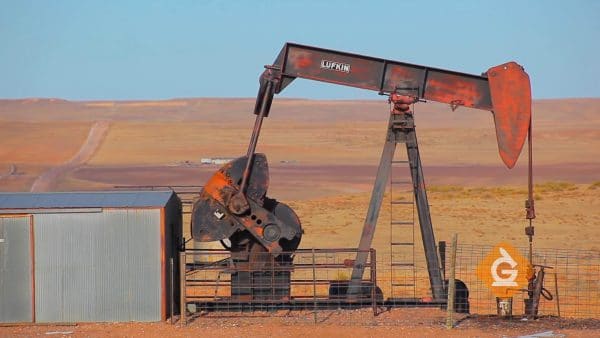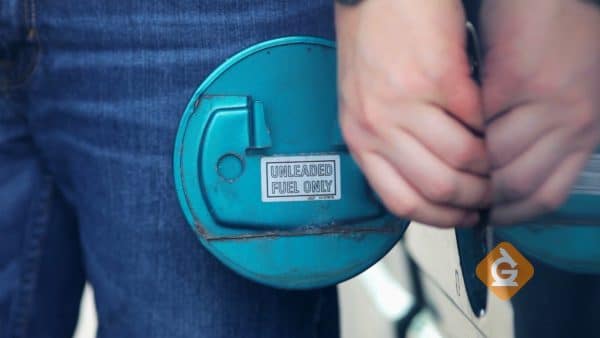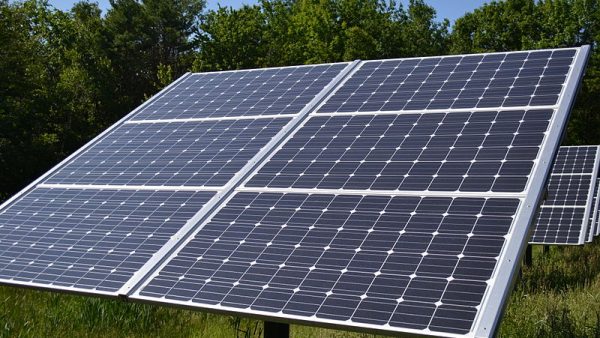Nonrenewable energy sources, like coal, oil, and natural gas, cannot be easily replenished. A renewable energy source can be more easily replenished. Common examples of renewable energy include wind, sunlight, moving water, and Earth’s heat.
To better understand renewable vs. nonrenewable energy….
LET’S BREAK IT DOWN!
Fossil fuels are sources of energy made from prehistoric plants and animals.

Our main sources of energy today are fossil fuels. They formed millions of years ago from dead plants and animals. Their remains became covered in mud and rock deep in the earth. The pressure from the ground above, combined with the Earth’s heat, converted this matter into substances that can be pumped out of the Earth by humans to be used as energy today.
There are three main types of fossil fuels: coal, oil, and natural gas.
Coal is a solid material that is burned to create heat in homes, or used in power plants to produce electricity.
Oil is a liquid fossil fuel, used to produce gasoline.
Natural gas can be used for cooking, heating, or generating electricity.
Fossil fuels are our primary source of fuel because they are relatively inexpensive, and historically they have been readily available. It is possible that we could run out of fossil fuels in the future so it is a good idea to think about alternatives.
Nonrenewable energy comes from sources that could eventually run out.

All fossil fuels are nonrenewable resources. It took millions of years to form fossil fuels and we are currently using it up faster than it is being made.
Another challenge to using nonrenewable energy sources is that they can cause pollution. Burning fossil fuels releases chemicals into the air and water. Reducing our dependence on fossil fuels is important, so governments are working hard to encourage scientists and industries to find new sources of energy and to improve alternatives.
Renewable energy comes from sources that can be more easily replenished.

Renewable energy comes from natural resources that can be more easily replenished. Sunlight, which we will never run out of, is also a renewable source of energy.
Other sources of renewable energy include wind, water, sunlight, and geothermal energy. These sources cause little to no pollution and will last thousands, or maybe even millions, of years.

































































































































 Select a Google Form
Select a Google Form












